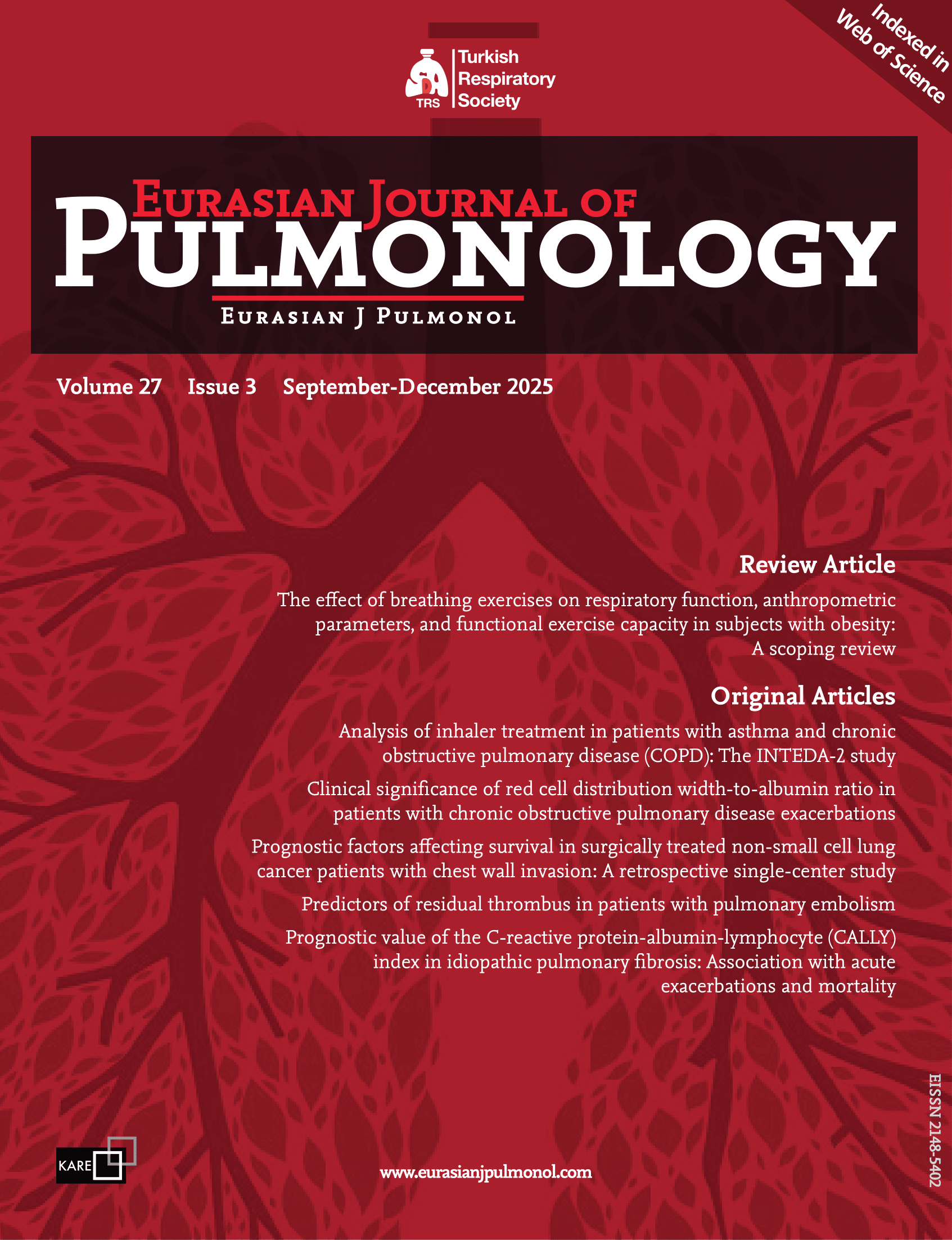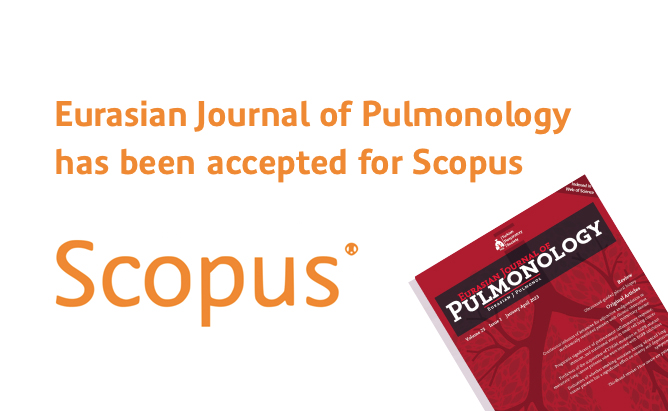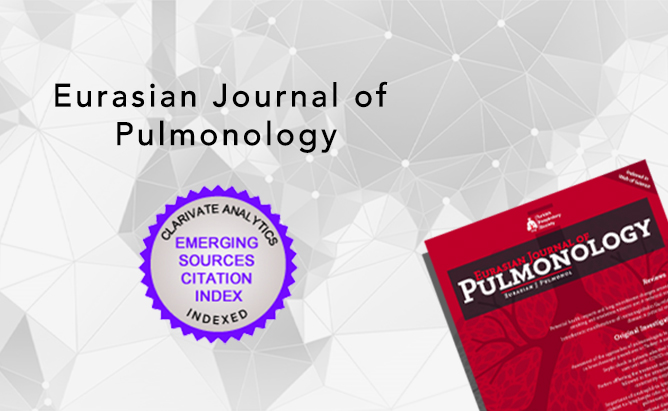2Deparment of Pulmonary Medicine, Liv Hospital Vadi İstanbul, İstanbul, Türkiye
3Department of Pulmonary Medicine, Yedikule Chest Disease And Chest Surgery Training and Research Hospital, İstanbul, Türkiye
Abstract
BACKGROUND AND AIM: This study aims to identify the factors influencing the decision to proceed with fiberoptic bronchoscopy (FB) or rigid bronchoscopy (RB) when the initial FB does not provide a diagnosis, and it assesses the outcomes of these procedures.
METHODS: We performed a retrospective analysis of 158 patients who underwent diagnostic RB and 50 patients who underwent recurrent diagnostic FB among those diagnosed with malignant airway tumors.
RESULTS: There were no significant differences in age, comorbidities, or anticoagulant use between the groups. When initial FB procedures were analyzed, the rate of procedure failure was higher in the RB group due to central airway obstruction and intraprocedural complications, whereas the rate of inconclusive diagnoses was significantly higher in the recurrent FB group (p<0.001). Likewise, the proportion of patients in the RB group who underwent only airway assessment or bronchial lavage during the first FB was higher (p<0.001). The recurrent FB group experienced more complications during the second procedure (p=0.005). The incidence of neuroendocrine tumors or tracheal lesions was higher in the RB group (p=0.005). Patients in the RB group also had higher hospitalization rates (59.5%) and longer stays (6.38 days) (p=0.001). Moreover, patients in the RB group received significantly faster diagnoses (p<0.001).
CONCLUSIONS: Our findings suggest that for patients with central airway lesions, particularly those situated in the trachea, due to the risk of life-threatening complications such as hemorrhage during FB, and considering that recurrent FBs can prolong the time to diagnosis and increase the risk of complications, RB should be prioritized as the diagnostic approach.




 Merve Sarı Akyüz1
Merve Sarı Akyüz1 




